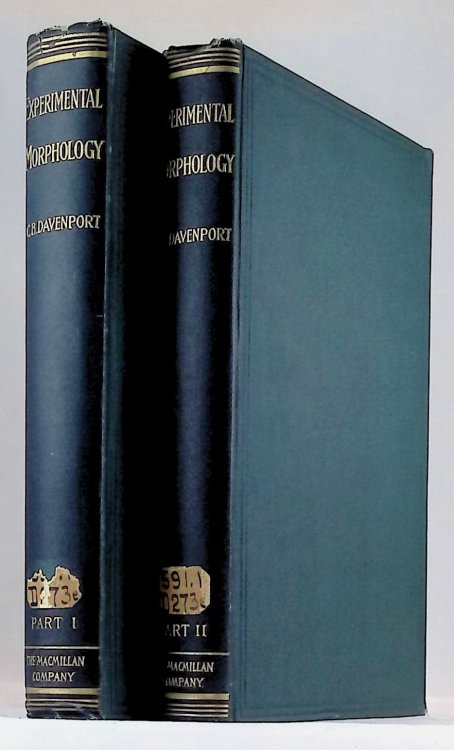
Experimental Morphology
$200.00 USD • Used
LANDMARK MONOGRAPH ON THE PROPERTIES OF PROTOPLASM AND REGULATION OF CELL AND TISSUE GROWTH--ASSOCIATION COPY.
Two hardcover volumes, 15x22 cm, green cloth binding, blindstamped ruled ma...
LANDMARK MONOGRAPH ON THE PROPERTIES OF PROTOPLASM AND REGULATION OF CELL AND TISSUE GROWTH--ASSOCIATION COPY.
Two hardcover volumes, 15x22 cm, green cloth binding, blindstamped ruled margins to covers, bookplate of James Walter Wilson to front endpaper and small embossed library stamp (cancelled) top of title page of each volume. Vol. I, i-xiv, 280 pp, 71 figures, 2 pp publisher's advertisements; Vol. II, i-xviii, [281-508] pp, 140 figures, errata & addenda page, publisher's advertisement. Small paper library label bottom of each spine, corners bumped, hinges weak, bindings tight, pages unmarked, very good in custom archival mylar covers.
GARRISON-MORTON No. 127.
CHARLES BENEDICT DAVENPORT (1866 1944) became one of the most prominent American biologists of his time, pioneering new quantitative standards of taxonomy. His father had a significant influence on his early career, as he encouraged Charles to become an engineer. In 1888 Davenport rebelled against his father and enrolled in the Harvard zoology program. Initially he joined in the general interest in invertebrate embryology, with particular attention-appropriately-on the development of individuality. He graduated with a Bachelor's after two years, and earned a Ph.D in biology in 1892. His first faculty position was as a professor of zoology at Harvard. He summered in Woods Hole (at the Fish Commission) and in Newport, and he pursued a variety of projects, culminating in his encyclopedic Experimental Morphology (offered here) in the late 1890s. From 1899 to 1904 Davenport taught at the University of Chicago. In 1904, he became director of Cold Spring Harbor Laboratory and founded the Eugenics Record Office there in 1910. His 1911 book, Heredity in Relation to Eugenics, was used as a college textbook for many years. Davenport was elected to the American Philosophical Society in 1907, and to the National Academy of Sciences in 1912. In 1921 he was elected as a Fellow of the American Statistical Association.
sciPROVENANCE: JAMES WALKER WILSON (1896-1969) entered Brown in 1914 (he liked to point out that this was the same year that Arnold Laboratory was being built) and studied biology under Professor Albert D. Mead. He graduated in 1918, spent a year in the army, and returned to Brown as a graduate student in biochemistry under Professor Philip H. Mitchell. His dissertation topic for his Ph.D. degree in 1921 was Contributions to the Biochemistry of Vitamin A. The same year he was appointed instructor in biology for one year to teach Professor Herbert E. Walter's courses while Walter was on leave. He ended up staying for forty years. He introduced a new course called "experimental morphogenesis," and did research on regeneration in flatworms. By 1936 he was recognized for developing a technique in kidney research, a perfusion apparatus which circulated synthetic blood through rabbit kidneys. In 1945 he became chairman of the Department of Biology and Frank L. Day Professor of Biology. He served as chairman until 1960.
Product Info
Publisher: The Macmillan Co.
Year: 1897, 1899
Type: Used
Binding: Softcover
First Edition
Seller Info
BiomedRareBooksLLCABAAILABIOBA
Address: P.O. Box 193 North Garden, Virginia
Website: https://www.biomedrarebooks.com
Country: United States
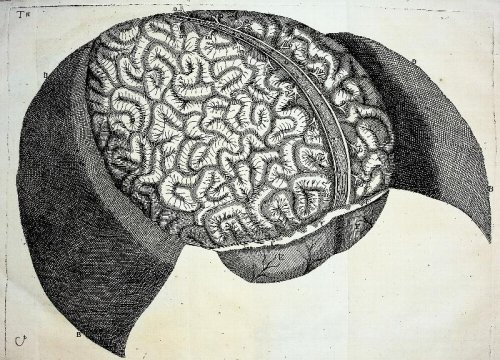
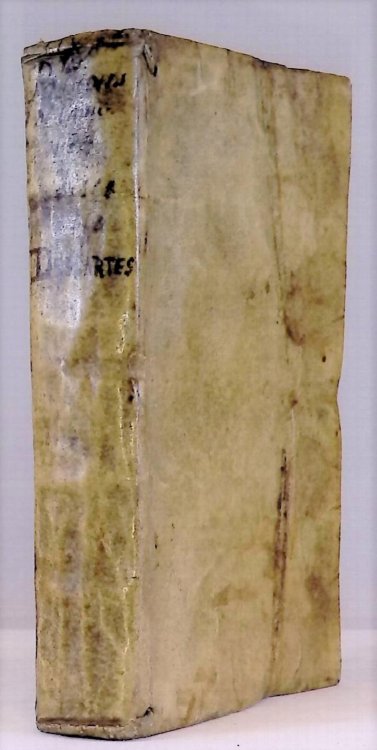
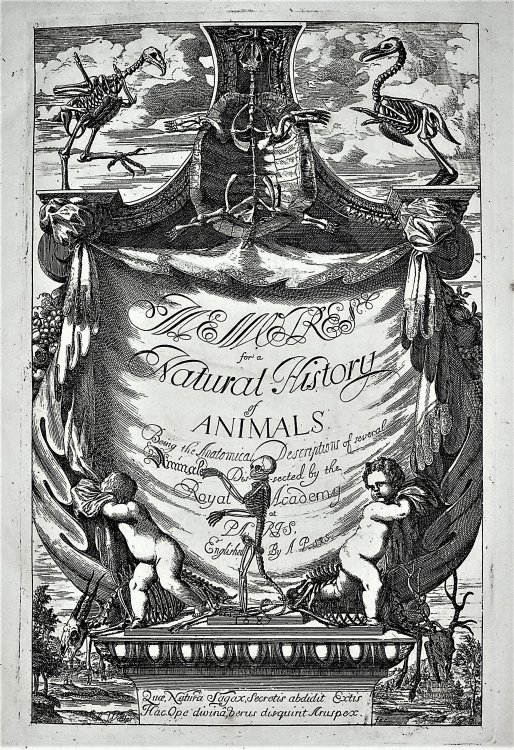
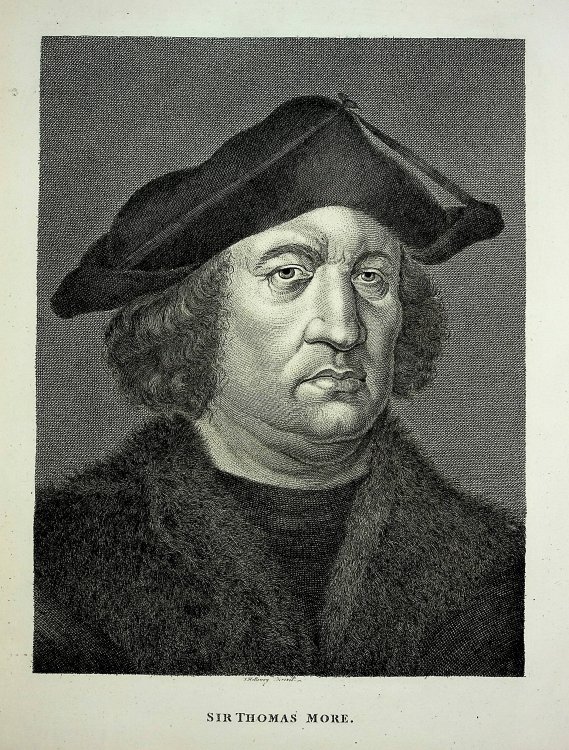
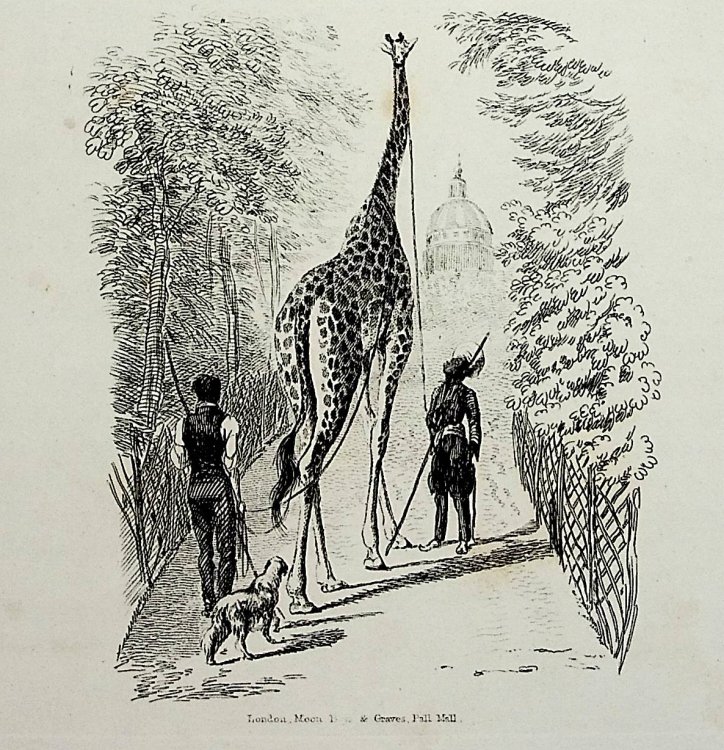
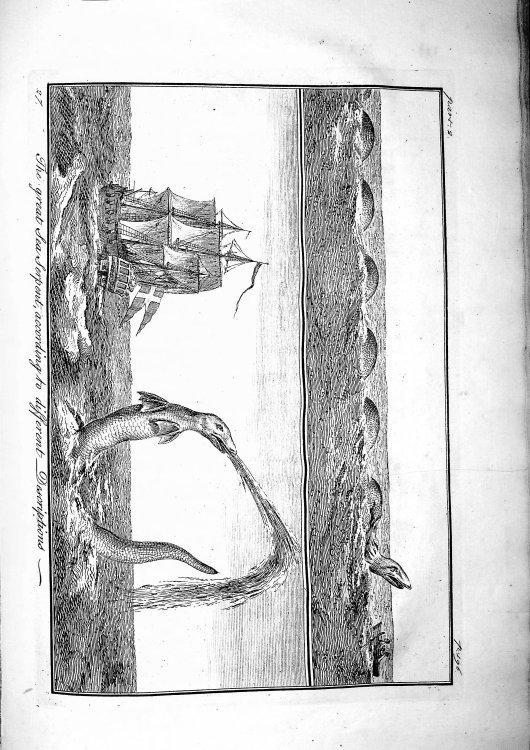
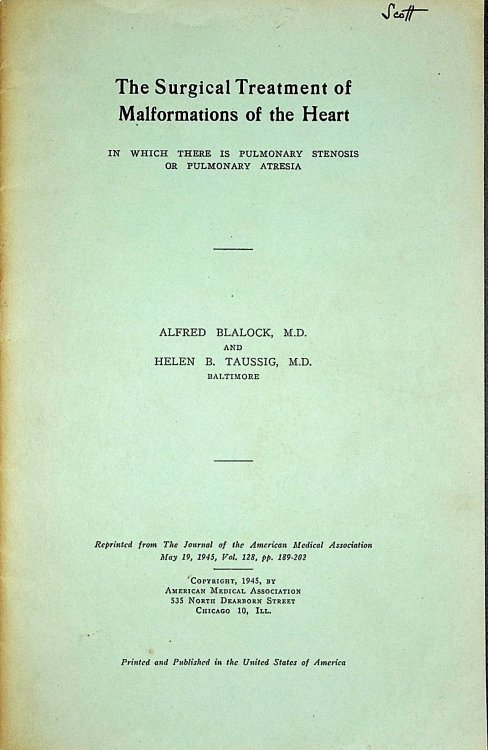
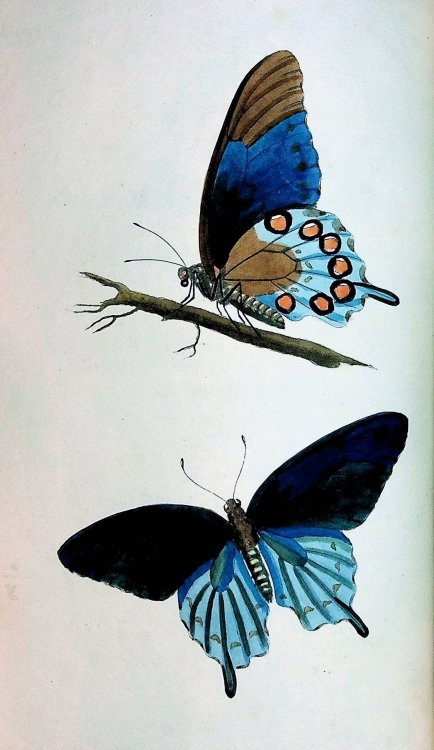
![Memoire sur le Pancreas et sur le role du Suc pancreatique dans les phenomenes digestifs, particulierement dans la digestion des matieres grasses neutres [Memoir on the Pancreas and on the role of pancreatic juice in digestive phenomena, particularly in the digestion of neutral fatty materials] (Claude Bernard) TOGETHER WITH Memoire sur quelques points de la Physiologie des Algues [Memoir on some aspects of the physiology of algae] (A Derbes & AJJ Solier) TOGETHER WITH Memoire sur le Calcul des Perturbations qu'eprouvent les Cometes [Memoir on the Calculation of the Perturbations experienced by Comets] (PA Hansen)](/images/stores/5089/1553_1.jpg)